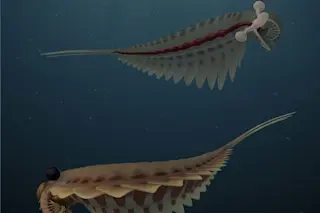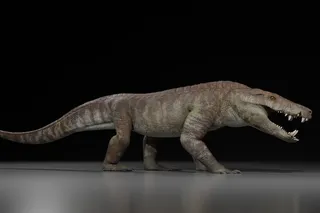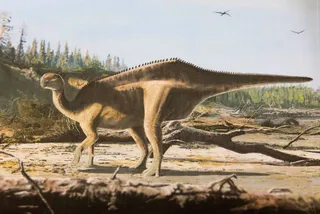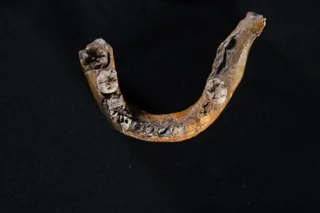During Earth’s Cambrian period 500 million years ago, the seas teemed with weird and fabulous critters. One of them, the radiodont, had a predatory appendage, toothy circular mouth and a segmented body with swimming legs. It's an ancient relative of today’s arthropods, which include insects and spiders. In a new study, researchers report several hundred radiodont fossils with exquisitely preserved brains and nerves. The finding sheds light on how arthropods evolved their segmented body plans.
The sheer number and quality of the brains is astonishing, says lead author Joseph Moysiuk in a press release. “The details are so clear it’s as if we were looking at an animal that died yesterday.”
The team worked with 286 Stanleycaris hirpex fossils collected from the Burgess Shale in the 1980s and 1990s. The dig site in the Canadian Rockies is the best-known place to find Cambrian fossils. United Nations Educational, Scientific and Cultural ...














